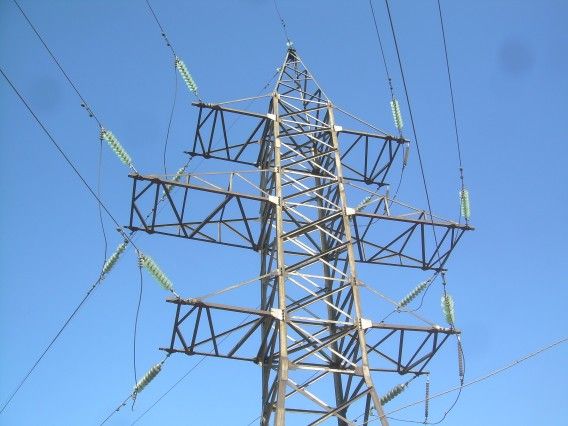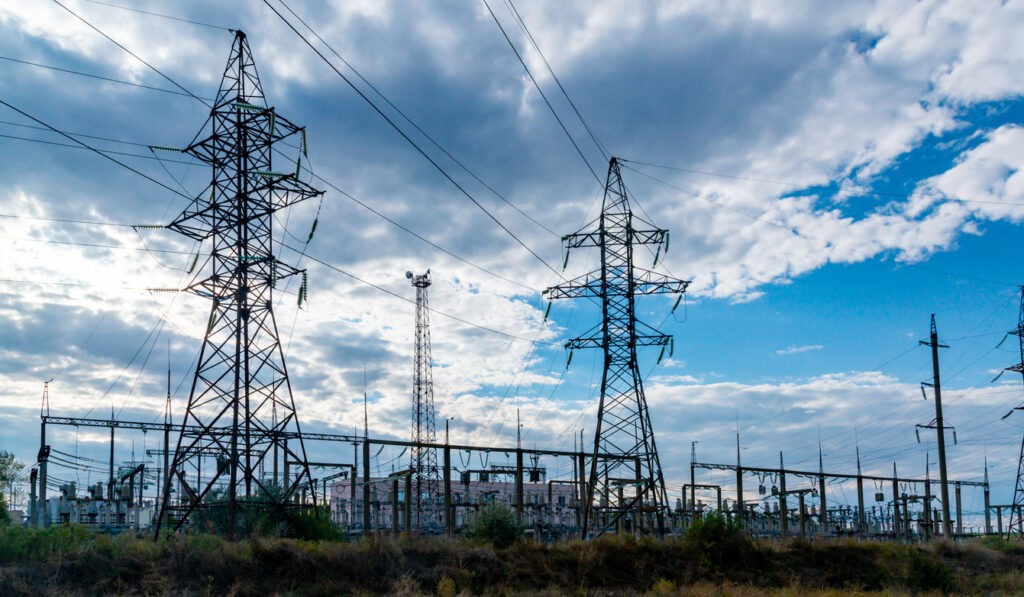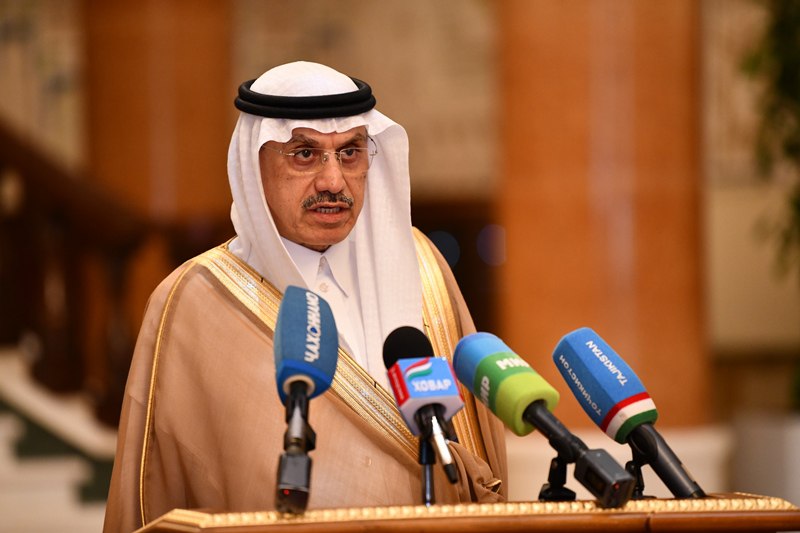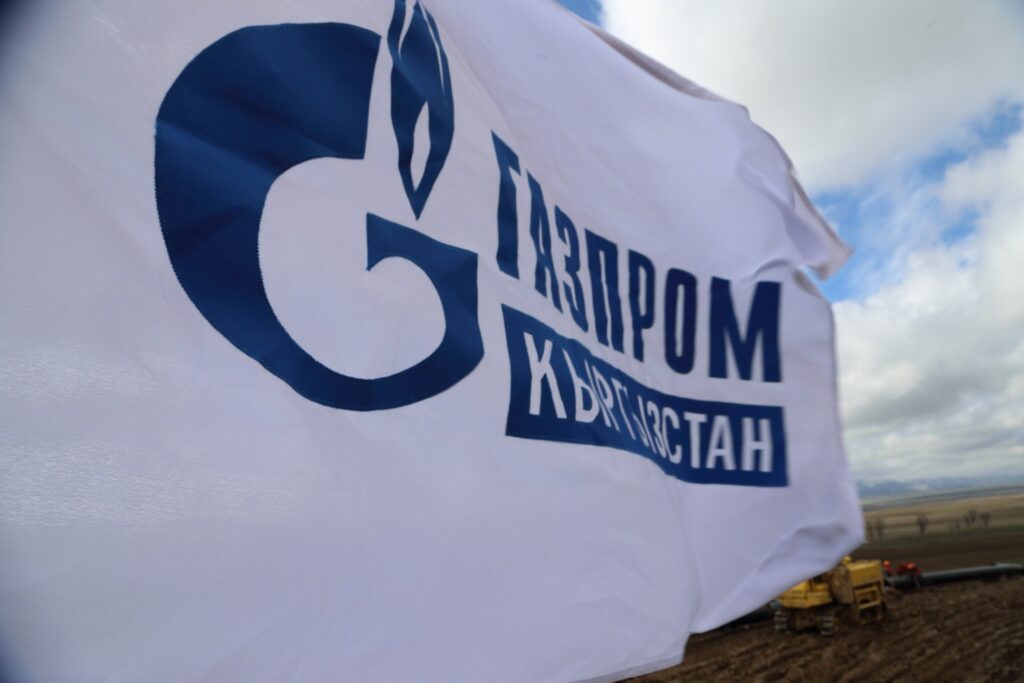BISHKEK (TCA) — RusHydro, one of the largest Russian power generation companies, has notified Kyrgyzstan about the preparation of a lawsuit at the Hague court concerning the Upper Naryn cascade of hydroelectric power plants, Russian media reported.
At the invitation of the Kyrgyz side, a RusHydro delegation plans to visit Kyrgyzstan for negotiations in the coming days, the company’s head Nikolay Shulginov said.
RusHydro does not expect positive results from the negotiations, and is implementing measures to consider the dispute in the Permanent Court of Arbitration (PCA), an international arbitration court located in the Hague, Netherlands. The notification was sent to the Kyrgyz side, Shulginov added.
The appeal to the Hague court will greatly affect the reputation of the state, Kyrgyz MP Akylbek Jamangulov told Radio Maral. Besides, there will be extra costs for the State. This situation resulted from the past wrong agreements and mistakes made by the previous Kyrgyz Government, he said.
The Kyrgyz side did not control the spending of those $37 million (from RusHydro). Meanwhile, the Parliamentary commission concluded that the funds were used irrationally and the cost of the works was inflated, the MP said.
Background
According to the agreements concluded by the governments of Kyrgyzstan and Russia in 2012, the Electric Stations JSC from Kyrgyzstan and RusHydro JSC from Russia were authorized to implement the project. It was planned to build four HPPs with a total capacity of 238 megawatts on the Naryn river in Kyrgyzstan. The project cost $727 million.
Both companies own 50% stakes in the authorized capital of the Upper-Naryn HPPs Joint-Stock Company. Russia had to provide money for feasibility studies and 50% of the cost of the project with loans on preferential terms. Kyrgyzstan had to provide land for the project.
Russia did not give up the Kyrgyz hydropower projects but offered new terms at the end of 2015, which did not meet the interests of Kyrgyzstan. In January 2016, Kyrgyzstan denounced agreements between the two governments on construction and operation of Kambarata-1 hydropower plant (HPP) and the Upper Naryn HPPs cascade.
According to the Kyrgyz side, the Russian economy was not on the rise, and the agreements on construction of HPPs could not be fulfilled by the Russian side due to objective reasons.
Upper-Naryn HPPs
It was planned to build the Naryn cascade within six years, and the first hydraulic unit of the main Naryn HPP-1 should have been put into operation in 2016. The Upper-Naryn cascade includes Ak Bulun, Naryn HPP-1, Naryn HPP-2, and Naryn HPP-3 power plants.
The total capacity of the cascade should be at least 191 MW, with average annual electricity production of 1.55 billion kilowatt-hours. The project was estimated at $425 million in 2012, and it was increased to $727 million at the end of 2013.
The construction agreement with Russia was terminated, although RusHydro already invested $37 million by that time. As part of the Upper-Naryn project, Russian money was spent to build a camp for construction workers, concrete plants, bridges, water supply, sewage and purification networks, access roads, transformer substations, etc.
On January 21, 2016, the Kyrgyz Parliament established a commission to clarify the use of the Russian $37 million invested in the Upper Naryn project.
Construction of four HPPs of the Naryn cascade was postponed indefinitely and there is a need to find new investors.
Another failed agreement
In July 2017, then Prime Minister of Kyrgyzstan Sooronbai Jeenbekov (currently the President of Kyrgyzstan) signed an agreement with the Czech company, Liglass Trading, on the resumption of construction of the Upper-Naryn HPPs. The agreement with the Czechs provided that Liglass Trading would repay the $37 million debt of Kyrgyzstan to the Russian side within a month.
In October 2017, the Kyrgyz Government terminated the agreement with the Czech company because it did not fulfill this obligation.
Debts
Kyrgyzstan should repay 100 billion soms of loans for the energy sector until 2030. From 2019, the payments will increase significantly.
The peak will be in 2025, when the annual amount will reach 11.8 billion soms, head of the State Committee for Industry, Energy and Subsoil Use Ulanbek Ryskulov said. The equipment in the energy sector is currently worn down by 70-80%, he said.
Against the latest developments in the energy sector (arrests of top managers accused of corruption), the Kyrgyz society has low confidence in this sphere. According to Prime Minister Abylgaziev, this was caused by extremely inefficient and non-transparent management, and delayed solution of accumulated problems in the sector.
The state debt of Kyrgyzstan at the end of February 2018 amounted to $4.4 billion. Of these, $1.7 billion the country owes China, which funds many Kyrgyzstan’s infrastructure projects, mainly in the energy sector, through its state-owned Export-Import Bank (Exim Bank).
In 2013, Kyrgyzstan completed the construction of the Datka substation in the south of the country for a $208 million loan from China Exim Bank, and started a larger project, a $389 million power transmission line of 405 kilometers, Datka-Kemin, which connected the north and south of the country. The Exim Bank also allocated $386 million for the reconstruction of the Bishkek Thermal Power Plant.
Inefficient Energy Holding
Kyrgyzstan’s energy management system faces a crisis, MP Ainura Altybaeva said. The abolition of the Energy Ministry and creation of the National Energy Holding was a mistake of the Government, she believes.
There is no legal basis for the operation of the Energy Holding. The Parliament did not approve the law on holdings, and it is now an illegally functioning body, Altybaeva said. The failure of several important projects testifies to the unsuccessful work of the company, and this badly affects the country’s international image.
The MP proposed to restore the Energy Ministry and liquidate the National Energy Holding, which was created “to withdraw the energy sector from the state control”.









